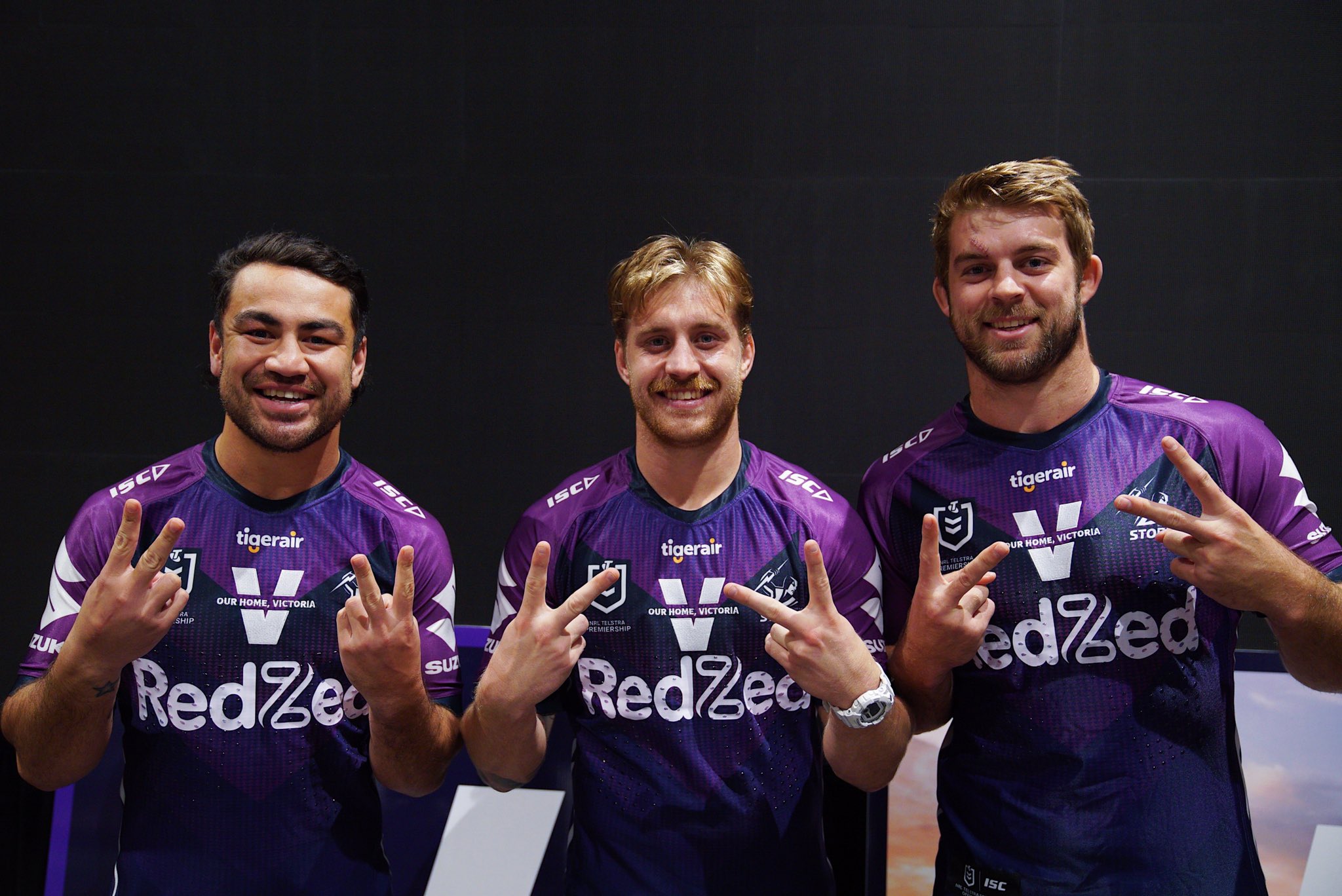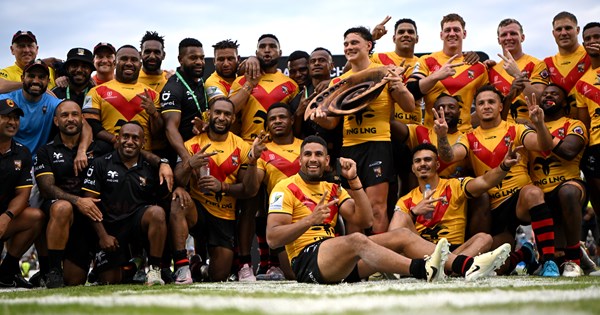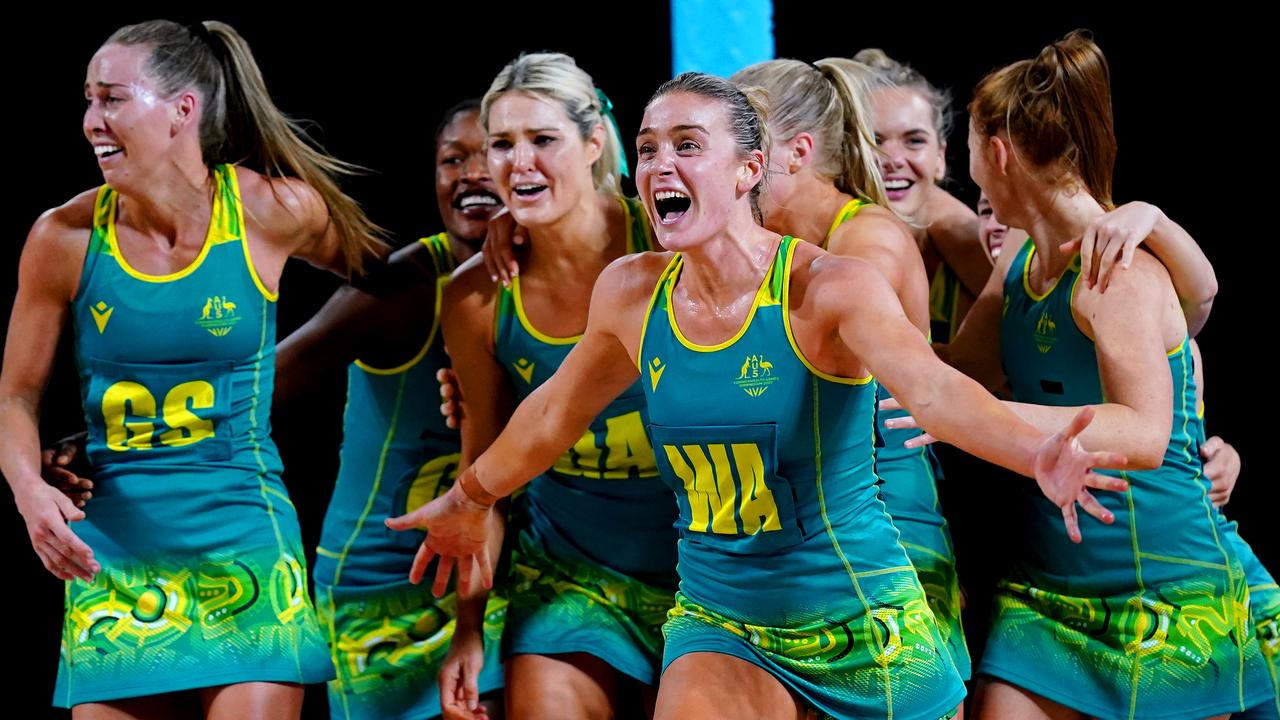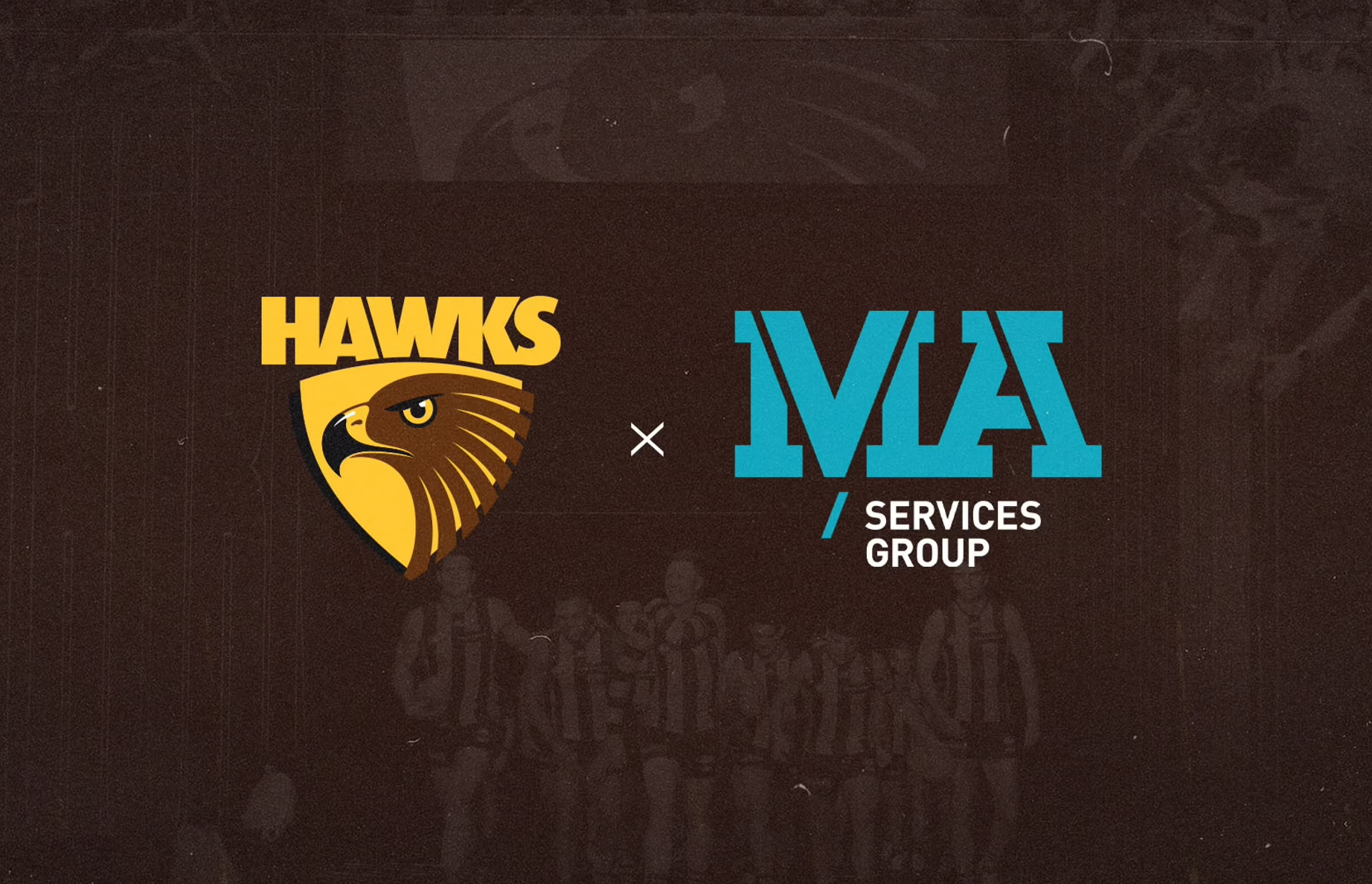[mkdf_dropcaps type=”normal” color=”#f55549″ background_color=””]I[/mkdf_dropcaps]
n an exclusive interview with Ministry of Sport, Melbourne Storm chief commercial officer, Nick Haslam, discussed how the Storm’s commercial strategy has adapted and found success in the middle of a global pandemic, COVID-19.
When asked about the Storm’s move to the Sunshine Coast during the 2020 NRL season due to the worsening COVID-19 situation in Victoria, Haslam said the club’s Melbourne-based sponsors have found new ways to get value from their sponsorship.
“It’s obviously not ideal to move away from home, but the Sunshine Coast Community have been brilliant, and as the only Melbourne team in the NRL, we’ve really been able to represent the state well,” Haslam told Ministry of Sport.
“We’ve always had great affiliation with our Melbourne-based brands because we have the ability to unite the entire state.
“In such a tough year for Victorians, the team has consciously represented the whole state; on our jersey, it says ‘our home Victoria’ in the letter V, that was a football department player-led initiative, and when its led by the players, its really organic.
“We’ve had really good feedback, whilst we haven’t been able to activate at AAMI Park in Melbourne, we’ve really dialled up our digital content for our Melbourne based partners.
“We’ve had several Zoom calls with those partners, where we’ve included ambassadors Billy Slater and Cooper Cronk, we’ve included players, coaching staff, and we’ve still ended up having six home games in front of crowds at Sunshine Coast Stadium and another one in front of crowds at Suncorp Stadium.
“We’ve managed to salvage a lot of that live content and supplement it with benefits we can deliver,” he said.
Discussing how the Storm’s commercial strategy has changed in the face of COVID-19, Haslam said: “Our strategy has never necessarily tied to what’s in a sponsorship contract, if we get a call from a CEO or CMO of a partner wanting to do something, we’d look to make that happen.”
“Our strategy has always been about listening to our partner objectives and doing whatever we can to achieve that.
“COVID-19 has confirmed this approach, we’ve found a way to deliver benefits that meet partner objectives, we’ve been in regular contact and communication with our partners; the landscapes changing constantly, and we’ve had to be flexible,” he said.
“When it was confirmed Tigerair wasn’t going to be operating anymore, we established some short-term partnerships with two sunshine coast based business, with ROCKCOTE on the sternum, and Fuel Your Life on the lower back,” Haslam said, when asked how the club will recover after major sponsor, Tigerair closed down, ending their long-term partnership with the Storm.
“They’re multi-year agreements with the jersey position initially tied to the remainder of the 2020 season, but we’re talking to these brands (and others) about those positions moving into 2021.
“Our sponsorship goals are obviously to keep growing; and we want to be across a broader range of product categories.
“We plan to do that by pointing to the fact we’ve got a really wide demographic, and according to third party research, a larger fanbase than any other team in the AFL or NRL.
“I think we are really attractive to several categories, looking at those categories that might not have invested in sponsorship historically, but are investing at the moment.
“In terms of other sponsorship objectives, we’ve found having a B2B (business-to-business) network is a really important aspect brands are wanting more and more of these days.
“We’ve developed the Storm Executive Club, which is a high-end corporate event program where we are looking to grow.
“We’ve got 40 businesses in addition to our 20 corporate partners who are a part of that program, where they can leverage opportunities to connect to one another,” he said.
As a majority shareholder of the Suncorp Super Netball club, the Sunshine Coast Lightning, the Melbourne Storm sit in an interesting position in the Australian sporting landscape, with the opportunity to establish dual partnerships across two of Australia’s most popular competitions.
The connection to the Sunshine Coast for the Storm was undoubtedly strengthened even further after the team relocated to the Sunshine Coast in order to complete the 2020 NRL season.
“We saw an opportunity four years ago to invest in a Super Netball license, given we had a really strong presence already in the Sunshine Coast, with our feeder team, the Sunshine Coast Falcons that play in the QRL (Queensland Rugby League) up there,” Haslam said, discussing the Storm’s growing connection to the Sunshine Coast.
“It also made sense for us to be up there given we’ve got a strong Queensland following and this way, we could get two geographic footprints, and two very different demographics in a Super Netball following and Rugby League following.
“We provide a lot of the IP (intellectual property) and resources behind the commercial side of the Sunshine Coast Lightning business.
“That works really well and enables us to leverage both demographics in both regions to its maximum potential.
“We’ve got several brands that partners with both organisations,” he said.







